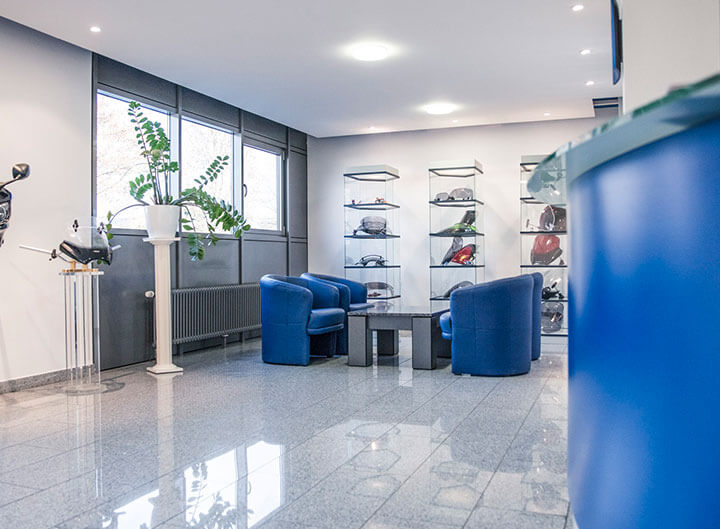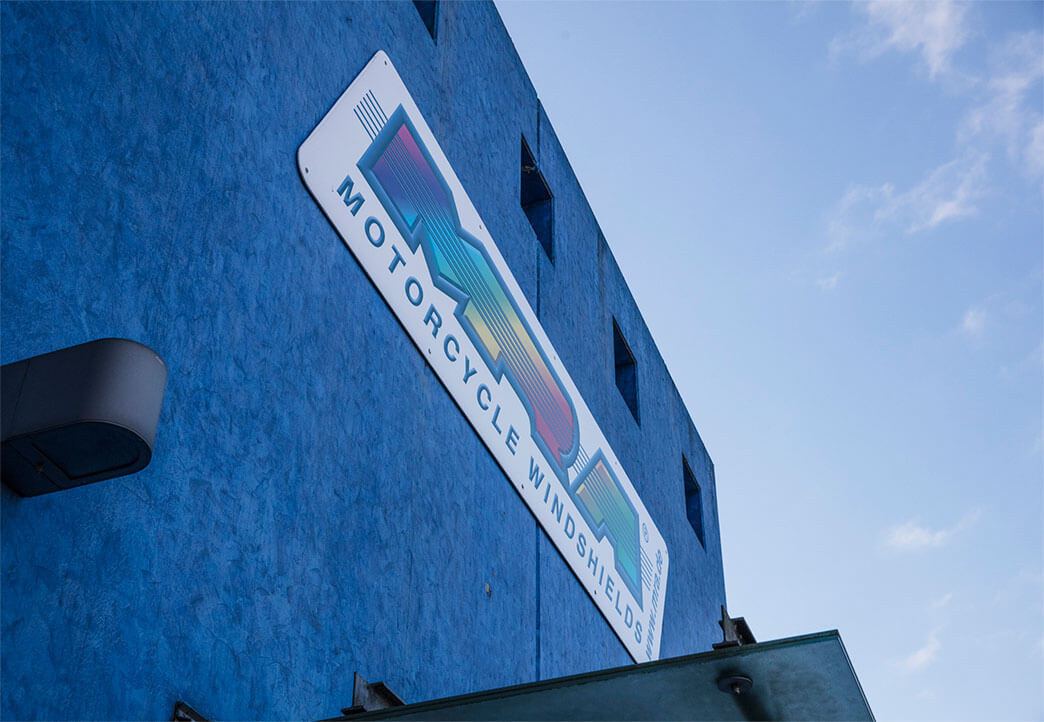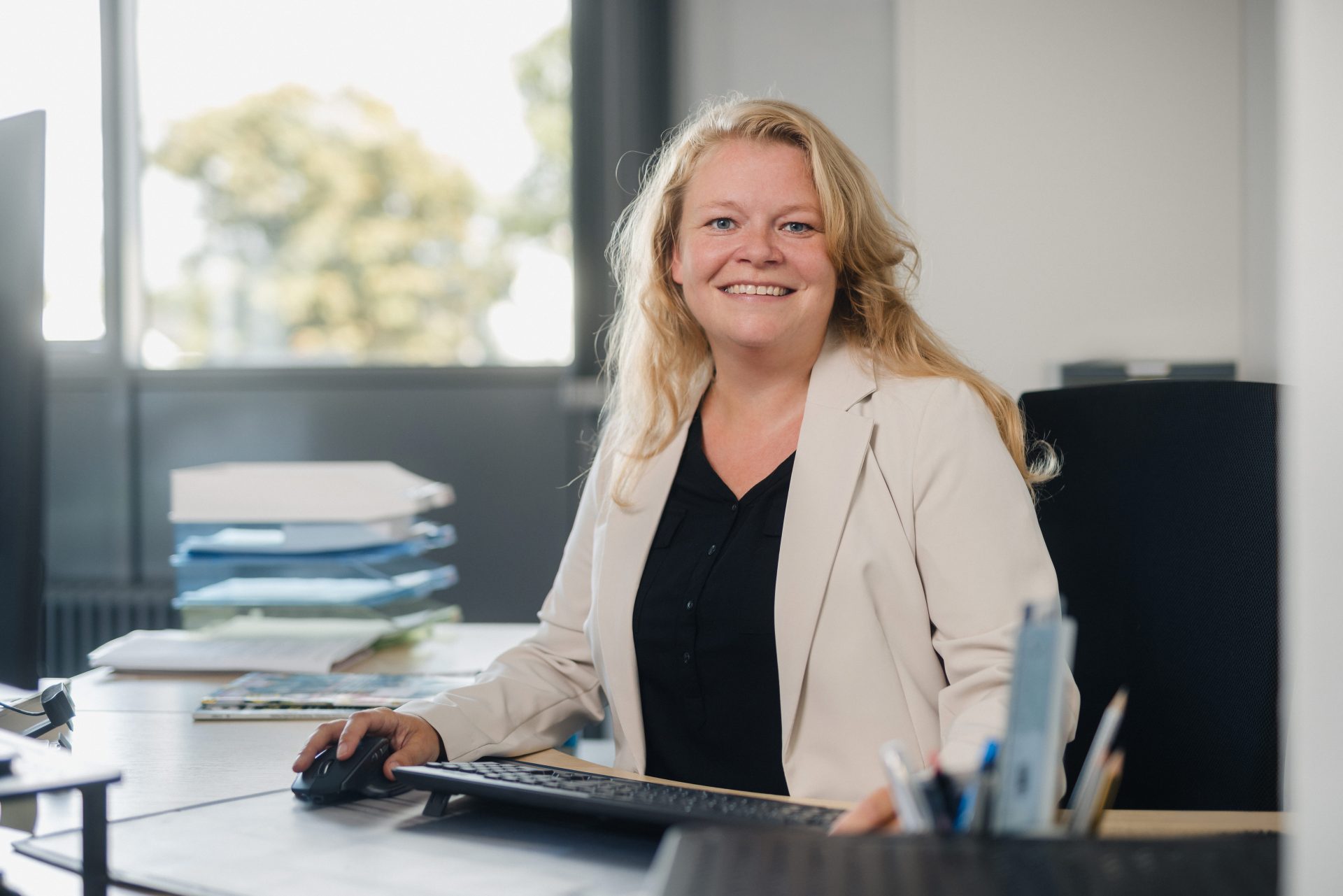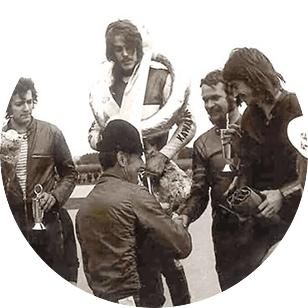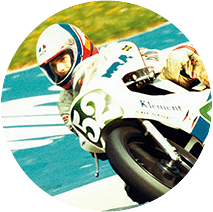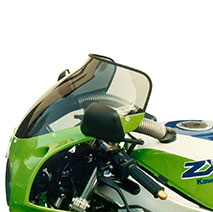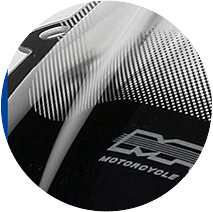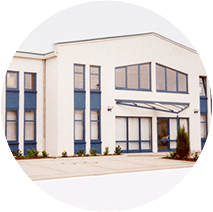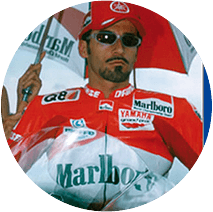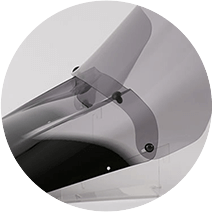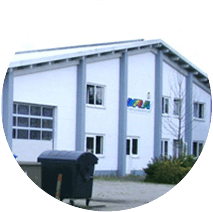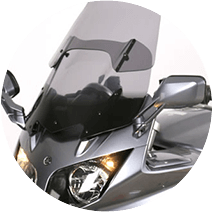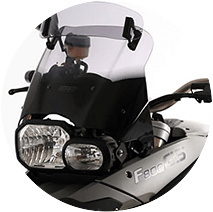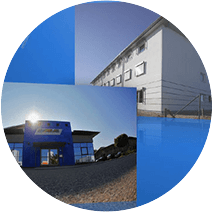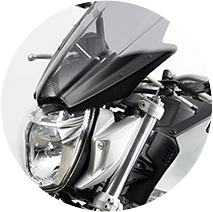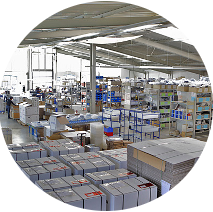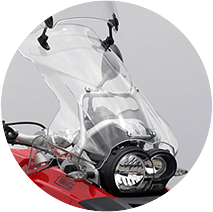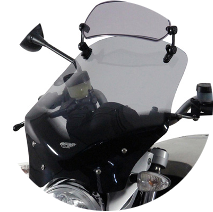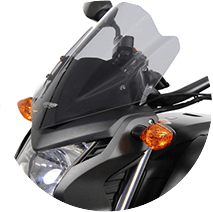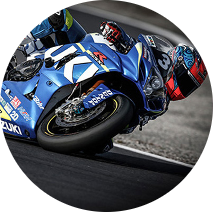Founded more than 40 years ago, MRA has its roots in motorcycle racing. This led to our name:
MRA = Motorcycle Racing Accessories.
In the first few years, MRA developed and supplied products such as motorbike fairings, screens and racing seats for the racetrack. Towards the end of the eighties, MRA specialised in the exclusive development and manufacture of motorbike screens.
We have a team of 33 qualified, highly motivated technicians and experts designing and producing high-quality products using state-of-the-art production and development equipment at our 4,000 square-metre company facilities.
Naturally, we are certified according to EN ISO 9001:2015 as well as the additional KBA certificate from Germany’s federal office for motorised travel.
MRA is currently one of the most famous brands in motorcycle accessories; we are represented in more than fifty countries across the world.






